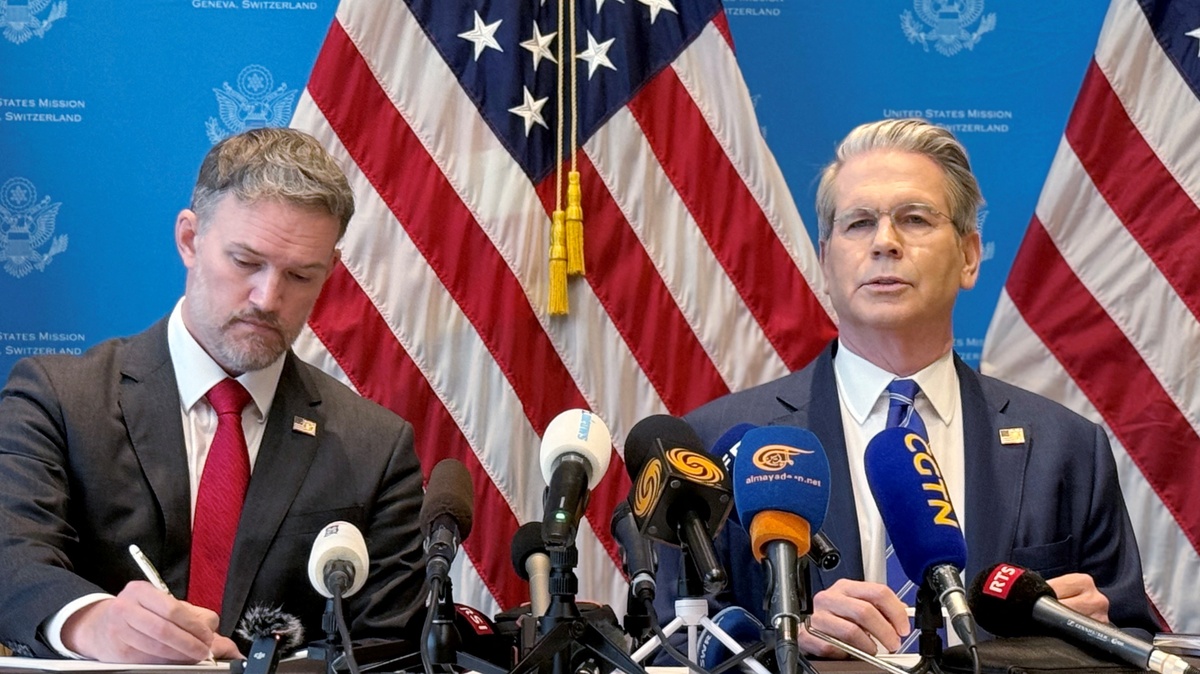Physical Address
304 North Cardinal St.
Dorchester Center, MA 02124
Physical Address
304 North Cardinal St.
Dorchester Center, MA 02124

The US–China tariff agreement, reached on May 12, 2025, is being widely misreported online. Some social media posts claim both countries “slashed tariffs by 115%.” That’s not just misleading—it’s mathematically impossible.
What they actually did was reduce tariffs by 115 percentage points—a significant move, but very different from a 115% cut.
Takeaway: It’s a percentage point drop, not a 115% decrease. The confusion comes from misreading the math.

The US–China tariff agreement is a 90-day truce that lowers duties to ease tensions and give diplomacy a shot.
The new U.S. tariff includes:
China’s reduction is broader, dropping from 125% to 10% across the board.
Takeaway: Both sides made major concessions, but tariffs aren’t gone—just lower for now.
The 90-day pause gives negotiators space to work through deeper issues—like the U.S. trade deficit, China’s mineral export controls, and fentanyl-linked trade barriers.
A joint consultation group will meet regularly to manage disputes and monitor enforcement.
Takeaway: This isn’t a final deal. It’s a cooling-off period to see if bigger problems can be solved.
The US–China tariff agreement gave global markets a jolt:
Investors welcomed the clarity and hope that a more permanent resolution is on the horizon.
Takeaway: Markets liked the short-term relief—but uncertainty still looms beyond the 90 days.

A 30% tariff is still hefty. If no broader deal is reached by mid-August, higher rates could return. And while the current cut is significant, long-term trade peace remains uncertain.
Still, the US–China tariff agreement marks real progress in a tense relationship that’s dominated global headlines.
Takeaway: Temporary relief is in place—but the real test is what comes next.
Get the Daily News Without B.S. Report—clear, concise news with zero noise. Straight to your inbox.